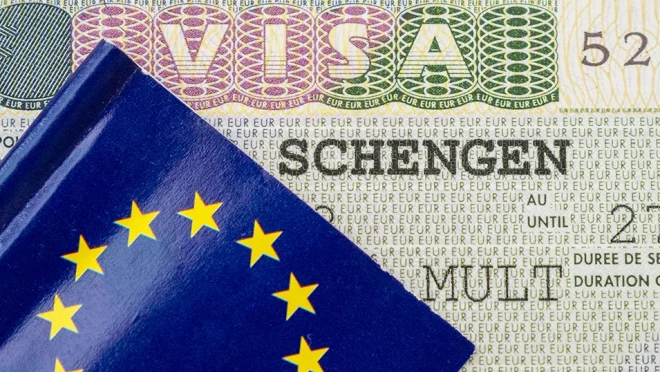Schengen countries to introduce new biometric Entry/Exit System from 12 October
Schengen countries to introduce new biometric Entry/Exit System from 12 October

From tomorrow (12 October), travellers heading to Europe will encounter a major change at the border. A new digital Entry/Exit System (EES) will come into effect across 29 Schengen countries, replacing the traditional passport stamping with automated biometric checks, reports Gulf News.
The EES will apply to all non-EU nationals visiting Schengen countries for short stays of up to 90 days within any 180-day period. EU citizens, residents, and long-stay visa holders will remain exempt from the system.
What the new system means
Under the new system, travellers will be required to scan their passports and submit facial and fingerprint data at automated border gates or kiosks. The system will record entry and exit details, helping authorities monitor stay durations and strengthen border security.
According to the European Commission, the shift aims to reduce waiting times, prevent identity fraud, and simplify immigration checks while ensuring compliance with the Schengen 90/180-day rule.
How it will affect travellers
Passengers carrying biometric or e-passports are expected to pass through immigration faster, while those without may face longer processing times. The EES will gradually roll out at all airports, seaports, and land borders, with full implementation expected by April 2026.
Airlines have advised travellers to arrive early during the transition phase and stay updated on travel advisories. Once the rollout is complete, passport stamps will be phased out entirely, replaced by digital records linked to each traveller’s biometric data.
The European Union hopes this move will modernise travel management across the region, making journeys both faster and more secure.


